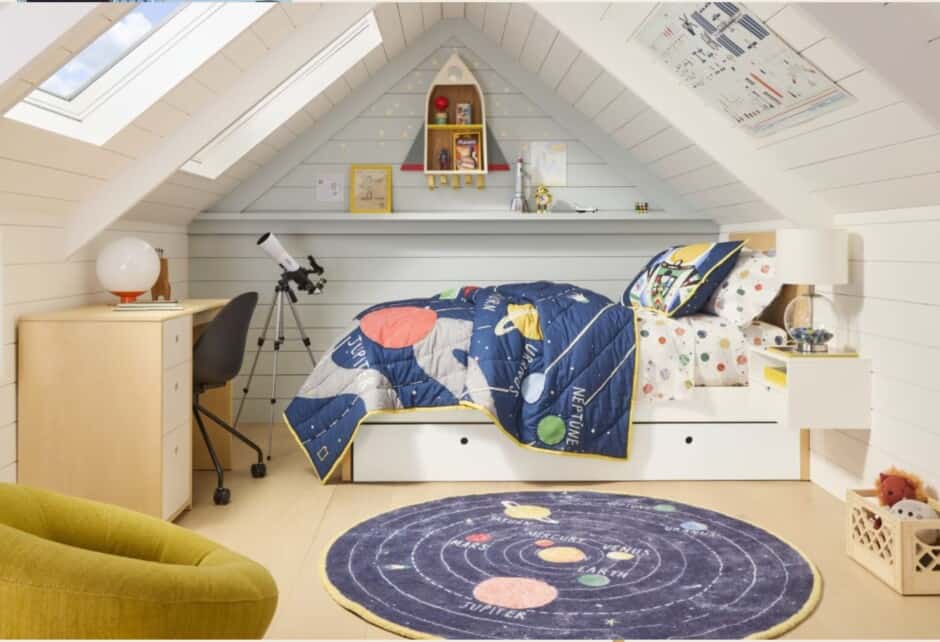
New Screen Time Guidelines From The AAP
Written by Katie Hintz-Zambrano
Photography by Photo Via Boston Globe
Kids and screen time—it’s a subject that’s top of mind for almost every parent. And, as our unavoidable relationship with technology and gadgets changes, so have the American Academy of Pediatrics’ guidelines on what is and is not acceptable. For the past 15 years, the AAP has recommended that children under 2-years-old have no exposure to screens at all (um…which of you mamas are slinking into your chairs?) and older kids limit their viewing to just two hours a day.
However, the influential organization realized that just saying “turn it off” to kids and parents wasn’t in line with today’s digital age. “In a world where ‘screen time’ is becoming simply ‘time,’ our policies must evolve or become obsolete,” a new paper from AAP News states.
After a two-day symposium in May, which was attended by leading social science, neuroscience, and media researchers, educators, pediatricians, and representatives from key partner organizations, the AAP came back with a new set of science-driven guidelines, the points of which are listed below.
-Media is just another environment. Children do the same things they have always done, only virtually. Like any environment, media can have positive and negative effects.
-Parenting has not changed. The same parenting rules apply to your children’s real and virtual environments. Play with them. Set limits; kids need and expect them. Teach kindness. Be involved. Know their friends and where they are going with them.
-Role modeling is critical. Limit your own media use, and model online etiquette. Attentive parenting requires face time away from screens.
-We learn from each other. Neuroscience research shows that very young children learn best via two-way communication. “Talk time” between caregiver and child remains critical for language development. Passive video presentations do not lead to language learning in infants and young toddlers. The more media engender live interactions, the more educational value they may hold (e.g., a toddler chatting by video with a parent who is traveling). Optimal educational media opportunities begin after age 2, when media may play a role in bridging the learning achievement gap.
-Content matters. The quality of content is more important than the platform or time spent with media. Prioritize how your child spends his time rather than just setting a timer.
-Curation helps. More than 80,000 apps are labeled as educational, but little research validates their quality. An interactive product requires more than “pushing and swiping” to teach. Look to organizations like Common Sense Media that review age-appropriate apps, games, and programs.
-Co-engagement counts. Family participation with media facilitates social interactions and learning. Play a video game with your kids. Your perspective influences how your children understand their media experience. For infants and toddlers, co-viewing is essential.
-Playtime is important. Unstructured playtime stimulates creativity. Prioritize daily unplugged playtime, especially for the very young.
-Set limits. Tech use, like all other activities, should have reasonable limits. Does your child’s technology use help or hinder participation in other activities?
-It’s OK for your teen to be online. Online relationships are integral to adolescent development. Social media can support identity formation. Teach your teen appropriate behaviors that apply in both the real and online worlds. Ask teens to demonstrate what they are doing online to help you understand both content and context.
-Create tech-free zones. Preserve family mealtime. Recharge devices overnight outside your child’s bedroom. These actions encourage family time, healthier eating habits, and healthier sleep.
-Kids will be kids. Kids will make mistakes using media. These can be teachable moments if handled with empathy. Certain aberrations, however, such as sexting or posting self-harm images, signal a need to assess youths for other risk-taking behaviors.
Share this story



